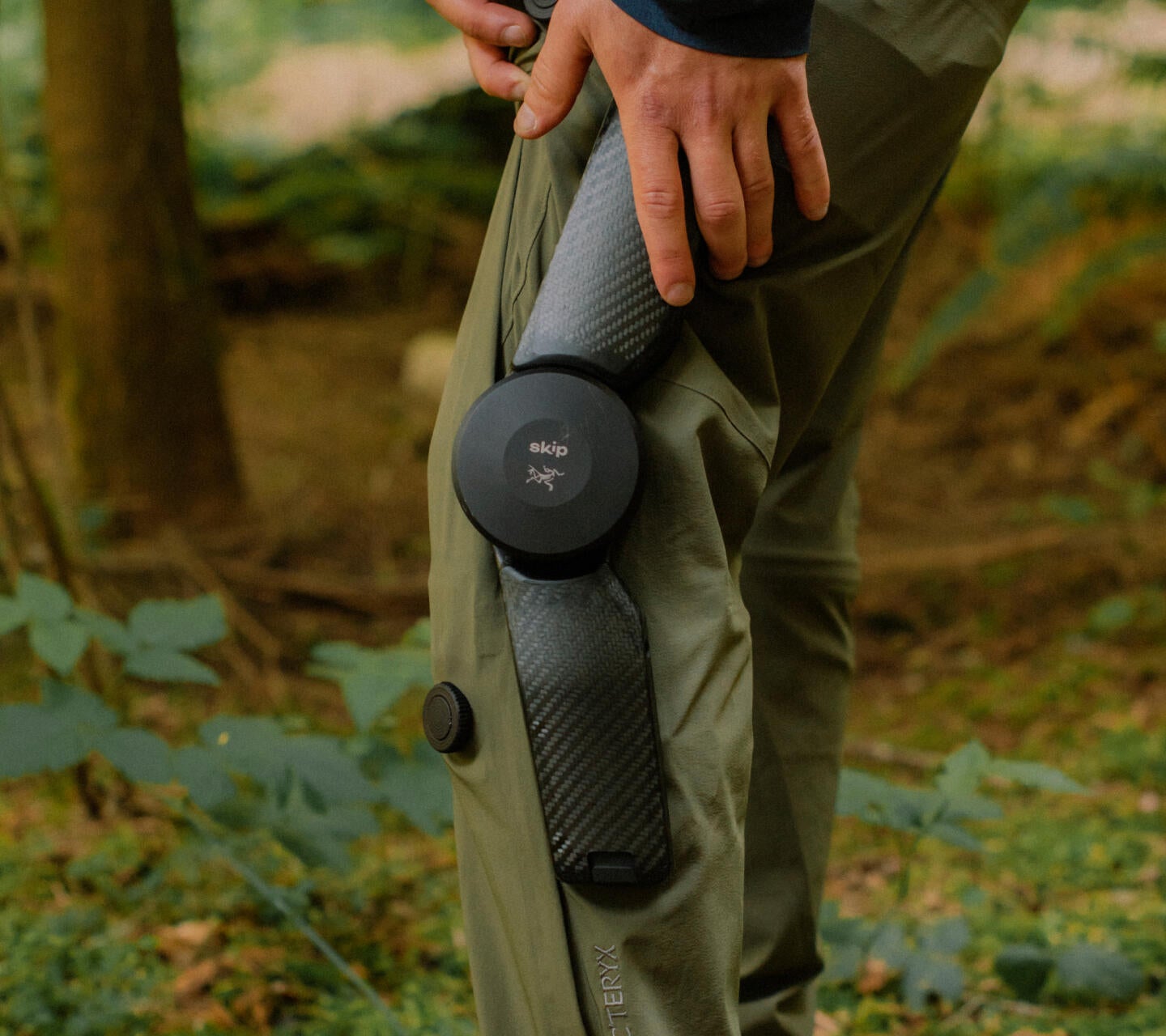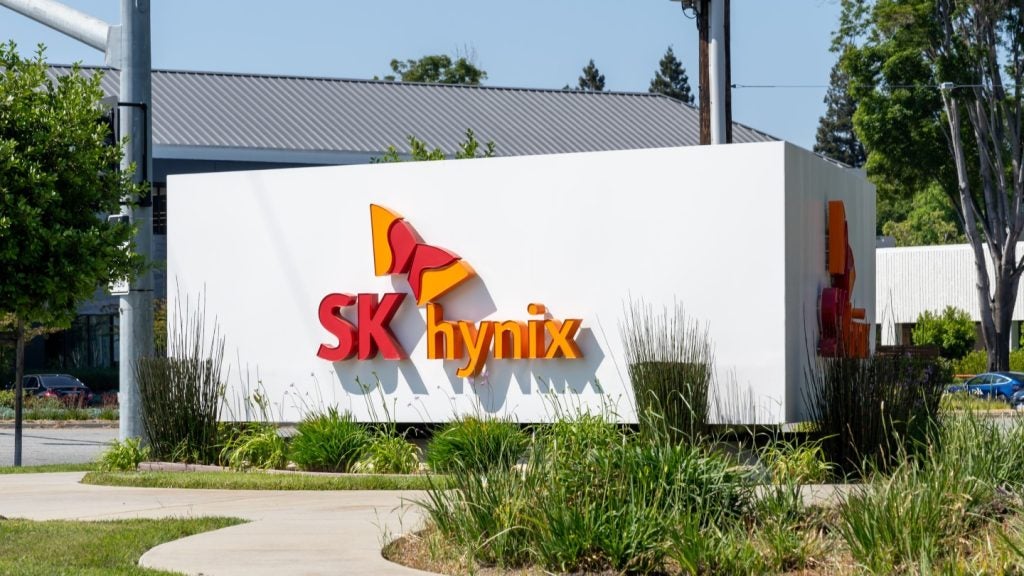While commercial exoskeletons sound like a thing of the distant future, Arc’teryx is making it a reality with their new hiking trousers, the MO/GO.
Exoskeletons are wearable machines that enhance human performance by allowing limb movement with increased strength and endurance. Exoskeletons can also be designed for lumbar support to help lift heavy objects.
Exoskeletons – the fastest-growing robotics category
The main use cases are in industries such as medicine, defence, manufacturing, and logistics. Additionally, the category is spreading to areas such as civil protection (for example, firefighting). Advances in brain-machine connectivity will impact the evolution of exoskeletons, making them more responsive, intuitive, and personalised to the user’s needs.
The most developed use case of robotics is for medical purposes. These exoskeletons can aid healthcare workers when assisting patients or those in recovery from injuries that inhibit movement. For example, German Bionics’ Apogee+ powered exoskeleton, unveiled in June 2023, is designed specifically for caregivers and provides additional support for lifting and walking.
In the wake of the stress Covid-19 put on the healthcare systems worldwide, it became apparent innovations were needed to deal with the highly demanding working conditions. Excessive amounts of physical exertion and extreme working conditions contribute to increased cases of sickness among healthcare workers and early retirement from the profession. This only amplifies the increasing labour shortages in the healthcare sector, however, innovations such as exoskeletons are aiming to combat these issues.
Commercial exoskeletons sooner than you think
In July 2024, the Canadian outdoor apparel company Arc’teryx unveiled its new MO/GO (short for Mountain Goat) powered trousers. The strength-boosting exoskeleton is a partnership with startup Skip, a Google X Labs project, and aims to bring technology to leisure.
How well do you really know your competitors?
Access the most comprehensive Company Profiles on the market, powered by GlobalData. Save hours of research. Gain competitive edge.

Thank you!
Your download email will arrive shortly
Not ready to buy yet? Download a free sample
We are confident about the unique quality of our Company Profiles. However, we want you to make the most beneficial decision for your business, so we offer a free sample that you can download by submitting the below form
By GlobalDataThe trousers increase a hiker’s leg strength when going uphill, while absorbing the impact of going downhill using a lightweight carbon fibre electric motor fixed to the side of the knee. The exoskeleton is marketed as a leisure product as opposed to the traditional professional uses in the medical, military, or manufacturing industries. The amount of assistance needed is measured using the wearer’s leg movement and can be adjusted using a button on the device.
The goal of the device is to aid hikers tacking difficult trails who may not have the necessary endurance needed. The MO/GO trousers are available for pre-order for $4,500 and are expected to ship in late 2025. While the price point may seem steep, the exoskeleton is aimed at those truly dedicated hikers, like a lot of Arc’teryx’s gear. The exoskeleton is also available to rent on select trails in Canada and the western US.
The future market
The exoskeleton market is predicted to grow at a compound average growth rate (CAGR) of 39%, becoming a $5.2bn industry by 2030 from $380m in 2022 according to GlobalData forecasts.
With increasing use cases for exoskeletons and adoption across various industries, the exciting technology will become more widespread towards the end of the decade.
Extremely labour-intensive industries such as manufacturing, automotive, and construction will benefit from these technological innovations as workers become less fatigued and the labour force talent pool begins to grow. Industries such as construction are seeing a shortage of labour as Baby Boomers retire and younger generations are unwilling to enter the industry, as per the Canadian Construction Agency.
As younger people become more health conscious and are less willing to put their bodies on the line to make a living, exoskeletons could be a game changer for attracting talent to these industries. Those who feel the industry is too labour intensive could be more willing to join if they had assistance from this equipment. As the technology develops and costs fall, we are sure to see more companies and industries adopting exoskeletons to help aid in the most fatiguing jobs.









Related Company Profiles
Skipton Building Society